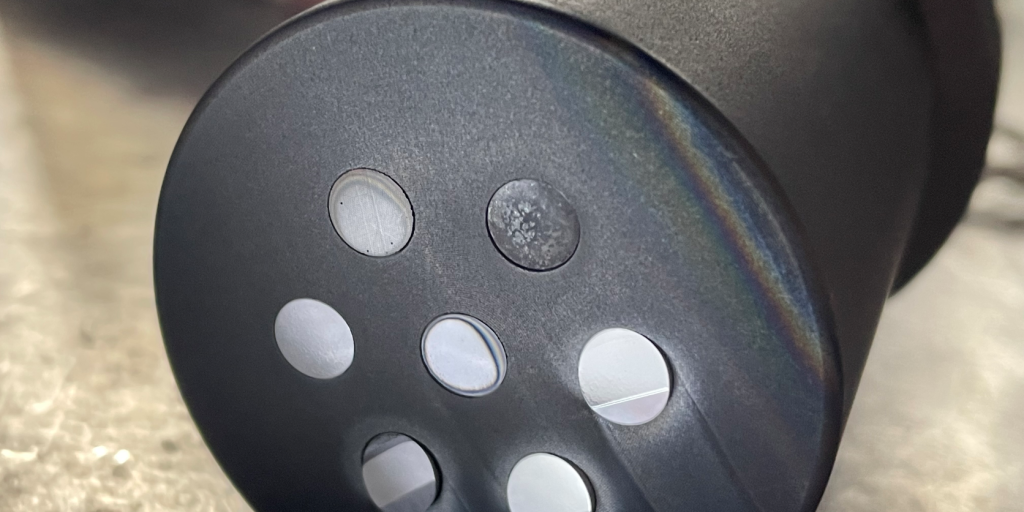LIVERMORE, Calif. — A team of Sandia National Laboratories (SNL) researchers working on the reactor at the DIII-D National Fusion Facility is testing materials to make the next generation of fusion reactors, in the quest to develop more carbon-free energy sources.
These magnetic confinement fusion reactors, called tokamaks, use magnetic fields to shape plasma into a donut shape that generates power from nuclear fusion. DIII-D is the largest such facility currently operating in the U.S. Department of Energy complex. Tokamaks create high heat and particle fluxes that can cause significant erosion of the reactor wall materials. If these materials contaminate the core plasma, it could make it impossible to bring the reactor to a temperature high enough to start stable, safe fusion.


